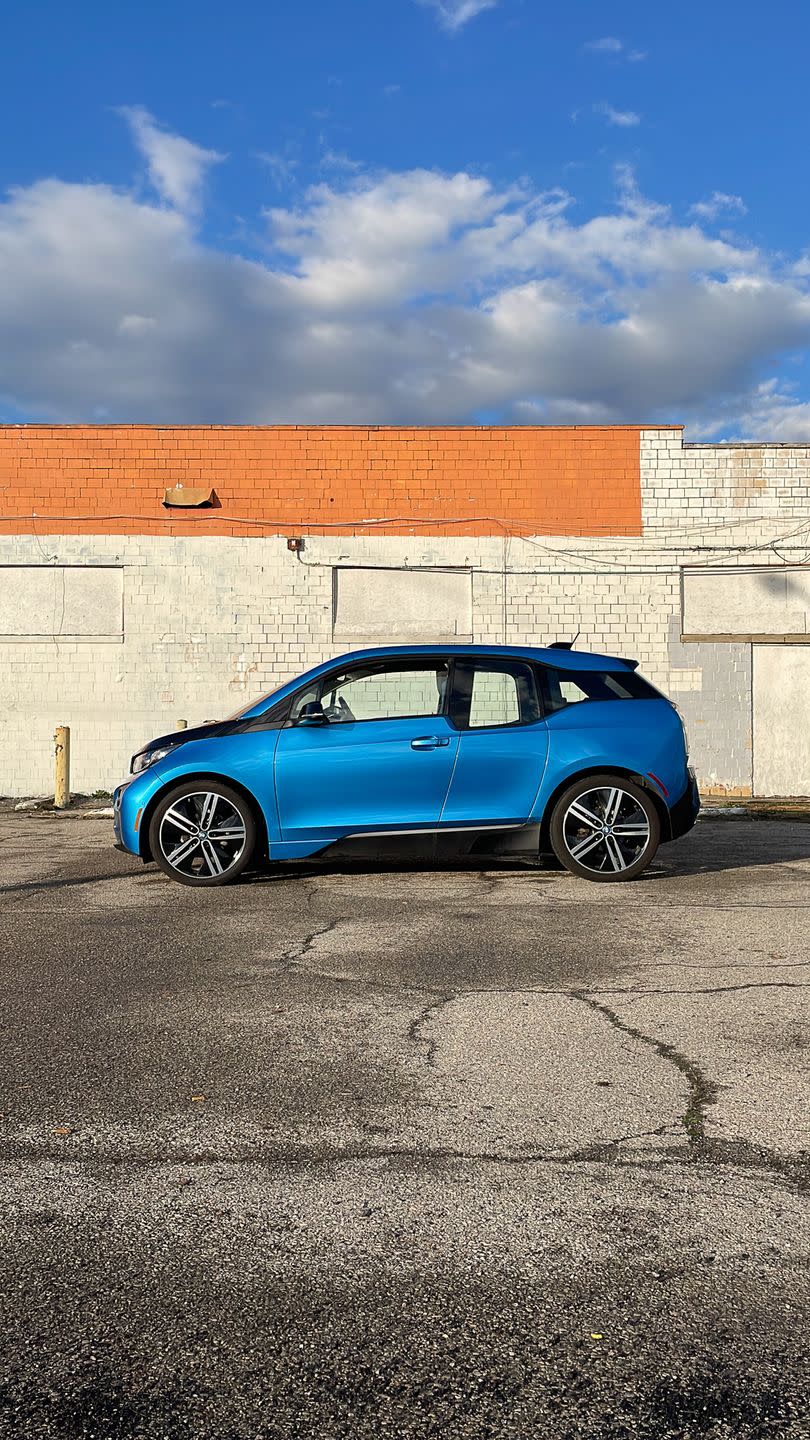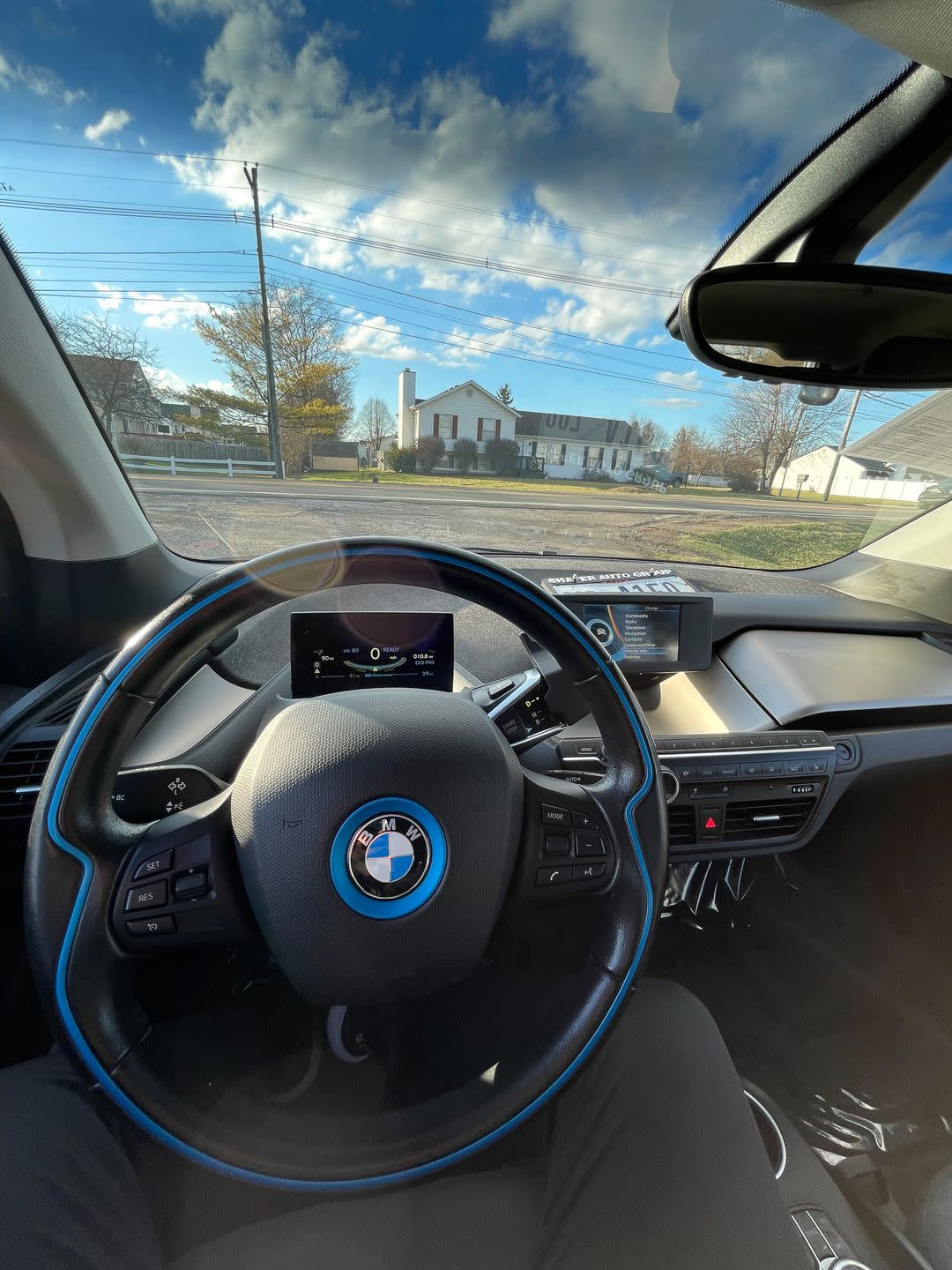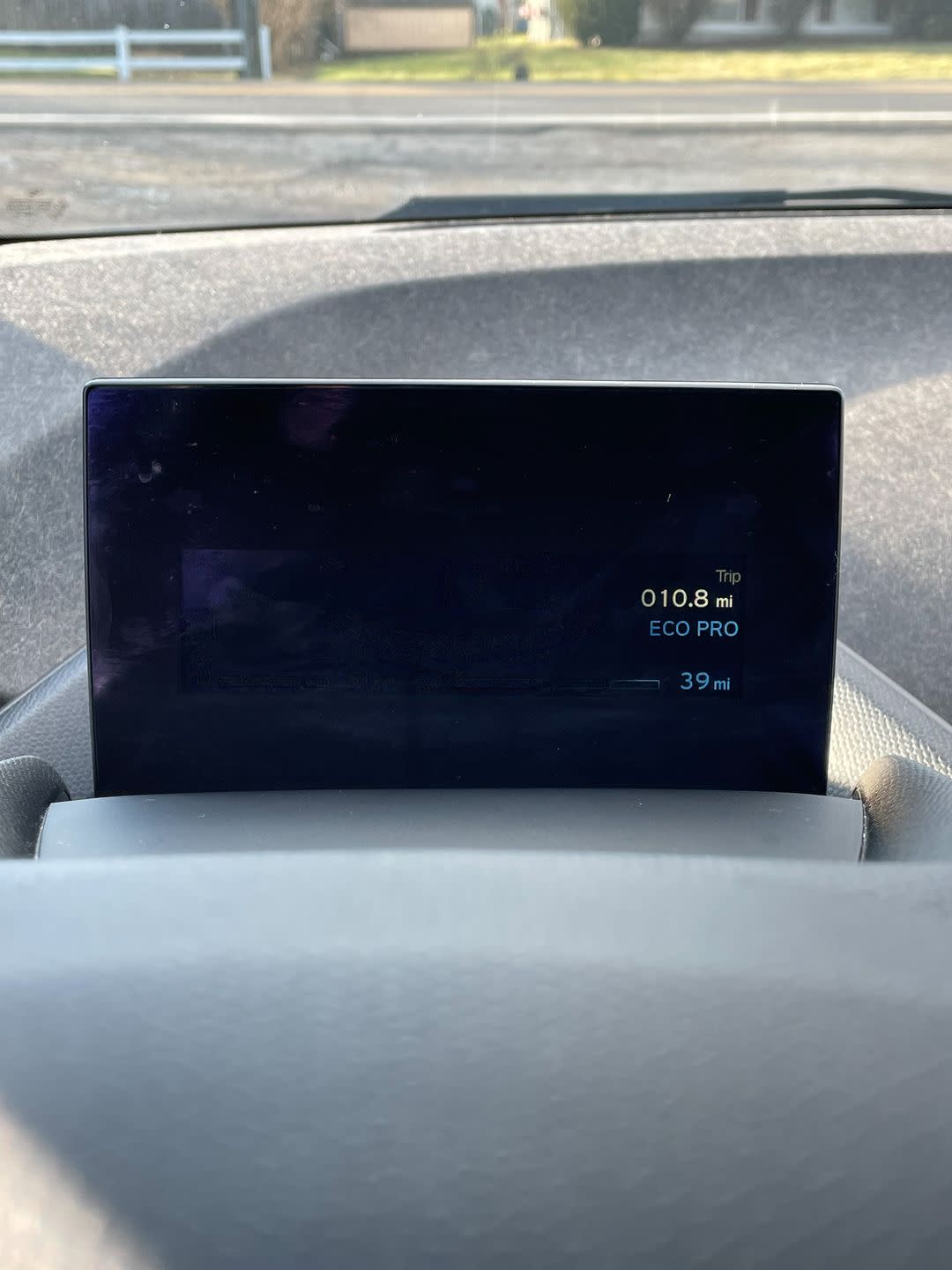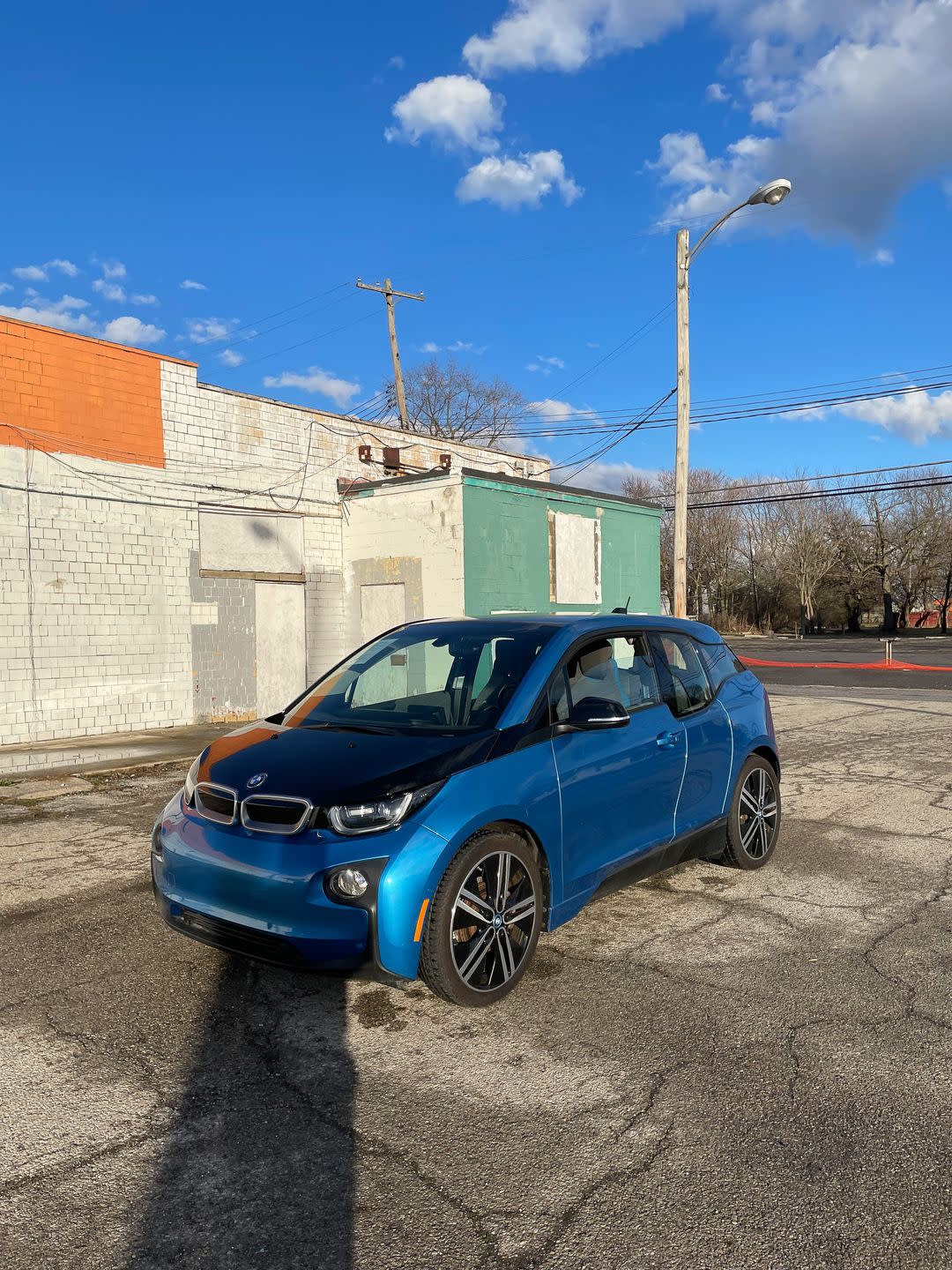It Should Be Easier to Vet a Used EV

Electric vehicles might have started as quirky experiments for early adopters, but they’re quickly becoming mainstream transportation. And with that shift, what was once a status symbol is starting to become a regular feature on used car lots. Just look around, there’s probably a used Leaf or Model 3 for sale alongside an ex-Avis rental Chevy Impala. EVs ain’t that special, but they do present special challenges for used-car buyers.
It’s a common, and probably true, trope that the salesman, dealership, or current owner probably doesn’t know all that much about the vehicle they’re selling. Regardless of what motivates the vehicle, the buyer must arrive informed. Every used vehicle should be vetted and inspected before purchase, either by a knowledgeable buyer or by a qualified outside party.

For a gas car, vetting is fairly straightforward. Even if you aren’t mechanically inclined, there are plenty of how-to videos and articles to help you identify leaks, wear items that need attention, and the car’s general condition. You can check the oil or transmission fluid to ensure there aren’t any abnormal metal fragments or odd smells, or look at the exhaust color to make sure the engine isn’t burning oil or coolant. These are all things that an enthusiast can learn without any specialized tools, generally.
EVs aren’t like that. True, they have bodies, chassis members, tires, and other things that can be inspected with our senses, but the drive motor(s) and batteries are black boxes. To make matters worse, you’ll probably be subject to a know-nothing salesperson in your ear, whispering nonsense like “electric cars are maintenance-free.” They imply that the car can just be purchased straight away, with no need for due diligence, and everything will be a-ok.

Arguably, ascertaining the state of the traction battery’s health is the main difference between vetting a traditional gas-powered car and an EV. Battery degradation is an unavoidable fact of life, and some models degrade worse than others. A driver’s driving and charging habits can accelerate or allay battery degradation. An EV that has worse battery degradation can’t go as far. With all things equal, the EV that can’t go as far shouldn’t be worth as much. Battery replacements and repairs are very pricey.
Right now it’s not easy to find out whether a car needs one. Each manufacturer has its own methodology of tabulating battery health, many of them locked behind a dealer-only service department paywalls, or buried in secret menus. And once again, a typical indie used car dealer probably won’t know all that much about any of those processes and why they’re important yet.

I learned that the hard way when I went to go look at a 2018 BMW i3 with the optional range extender. The Protonic Blue electric car was in good physical shape. It drove nice, the tires were new, and the price seemed right. But, from a quick glance, what was the state of the battery? The i3 showed about 50 miles of range, on a roughly 75 percent charge, which didn’t square with the car’s original EPA rating: 97 miles on a full charge. Still, range estimators aren’t good metrics of battery health, as they’re often calculated based on driving style. A timid driver could inadvertently paint an optimistic picture of a battery, while a driver with a lead foot could make the battery seem ready for retirement. I needed cold, hard numbers.
Cold, hard, numbers that the dealer didn’t know how to give me. I prodded through the i3 for more than 20 minutes, and learned that there’s no way to see the battery’s state of health in the main infotainment screen. I left the dealership dejected, ran home to my laptop, and spent 20 minutes googling what to do. A YouTube video showed me that the i3’s state of battery health is cryptically buried in a gauge cluster menu. The health reading may not be that accurate if the car hasn’t been fully charged in a long time. Who knows if the information I would have seen on screen would have meant anything.

Therein lies the biggest conundrum of used EV purchasing: It’s not easy to quickly figure out the battery’s state of health. In an era where automakers are continuously making their new vehicles, especially EVs, similar to cell phones, it seems like a no-brainer that any OEM would adopt one of the more useful features from them. Android and iOS both have battery health diagnostic tools that are easily accessible in a phone’s settings menu, and can quickly relay to the phone’s owner that the battery has a certain percentage of its original capacity remaining. Out of all the OEMs, Tesla probably has the most accessible battery state of health, although it does take roughly 24 hours to charge and then discharge to paint an accurate health picture. Even if it’s easy to check the battery’s state of health, it certainly doesn’t seem to be a quick affair. The era of showing up to a car, and spending a few minutes prodding at areas of concern, may now require a full day of battery health testing.
Still, it’s important to play with the hand you’re dealt. Critiquing the process is important, but that’s not usable to you, the reader, who may be considering a used EV, and isn’t sure what to do.
On its face, the basic process of vetting a used EV isn’t dissimilar to a gas-powered car. There are suspension members to check, tire wear (which may be accelerated due to the generally heavier curb weight of an EV) to evaluate, and other bits and bobs that can be determined by our senses. A quick road test can often reveal if the car has power delivery issues, or alignment problems, but the biggest question mark, the high voltage traction battery, may require bringing the vehicle to the brand’s service department. To reiterate:
Check the interior and suspension as you would a gas-burning car for shakes, rattles, and rust.
Test drive the car as you would a gas-burning car for power-delivery issues, alignment problems, and any other off-putting thuds, clunks, and wobbles.
Bring the car to the brand’s service department for a battery check. You may not be able to assess the battery on your own.
That might not be the most practical solution for a cash-in-hand, limited-time, high-stakes deal, or a car located miles away from the desired brand’s service department.
I just wish it didn’t have to be this way.
You Might Also Like
